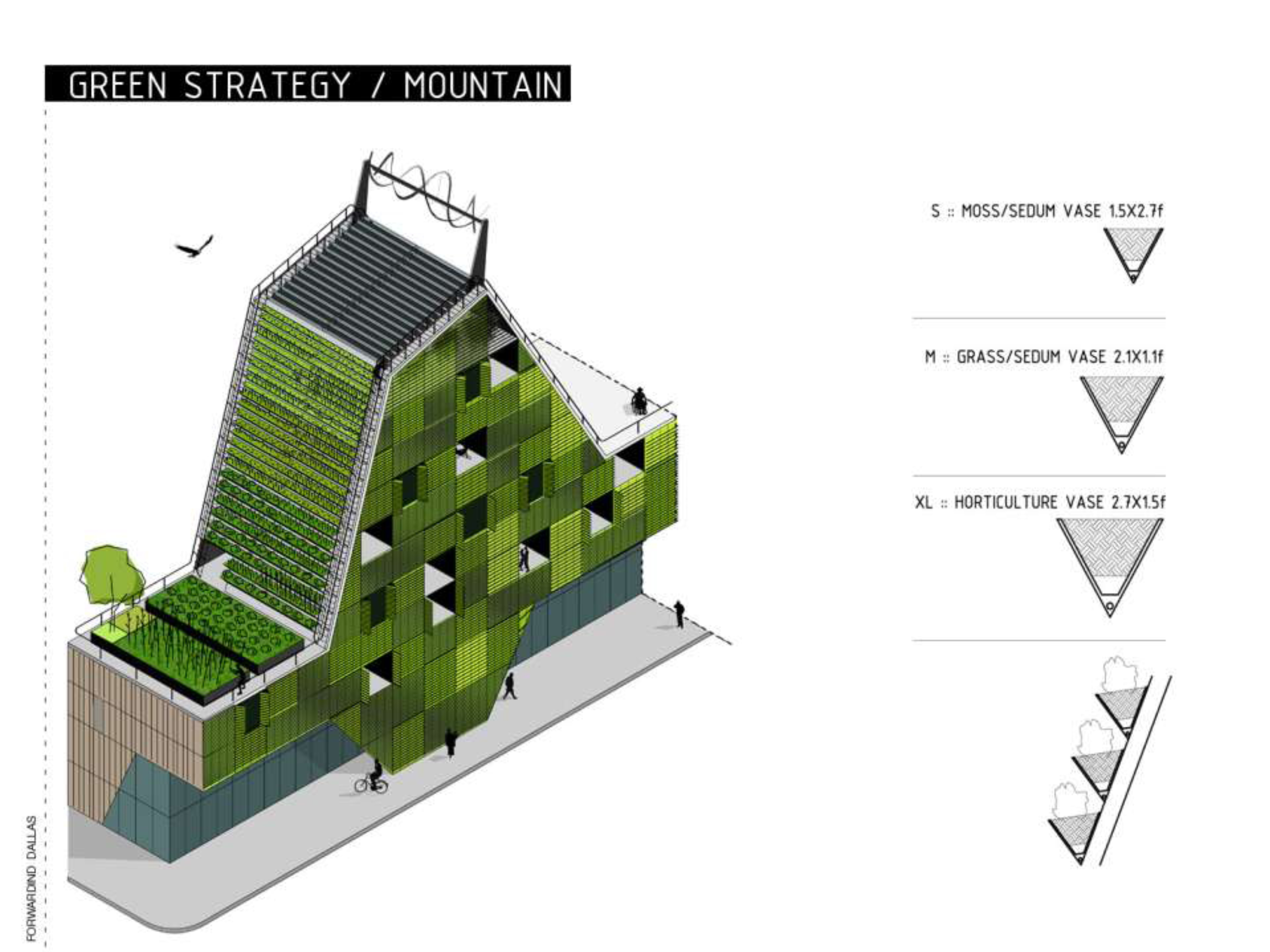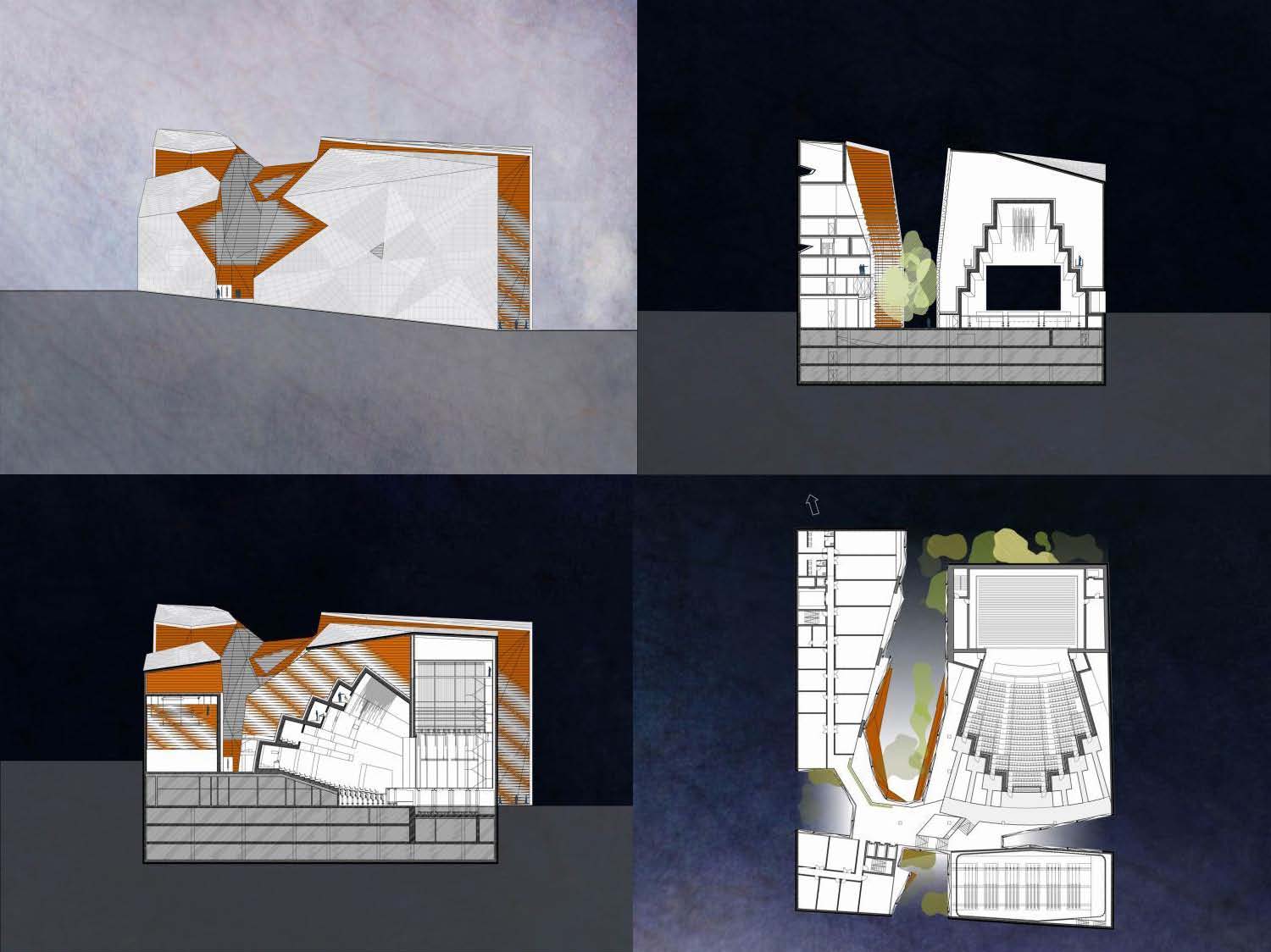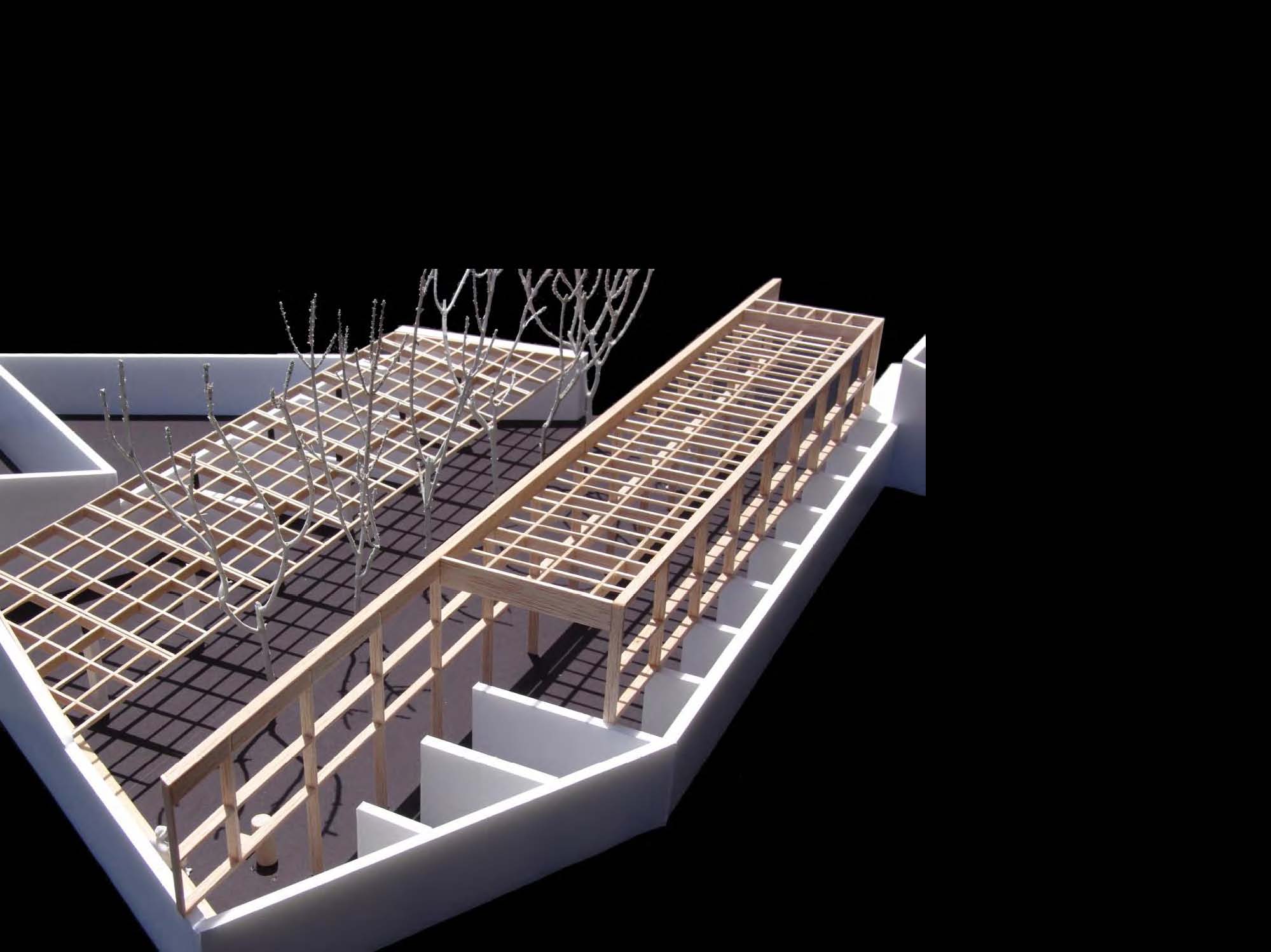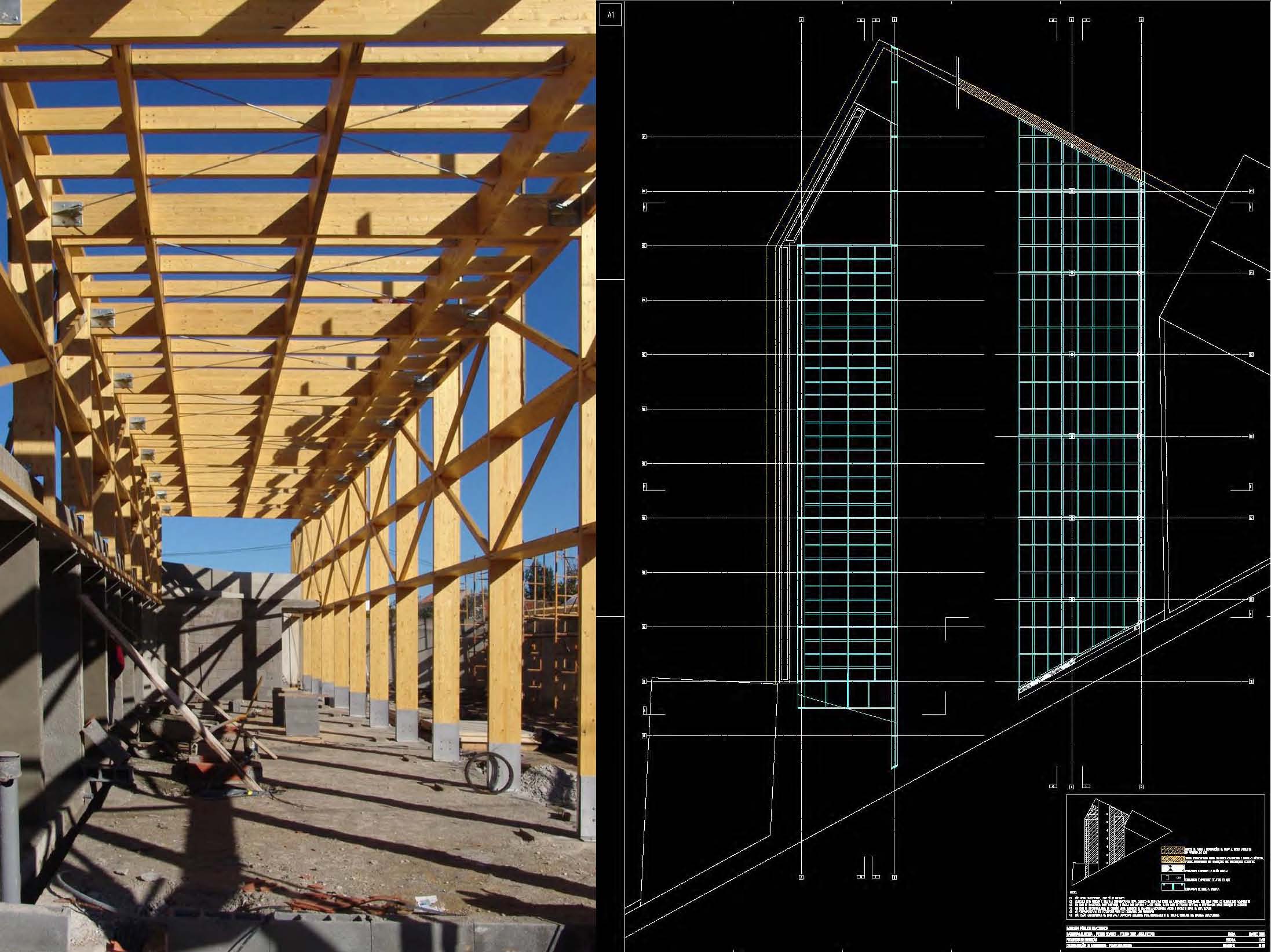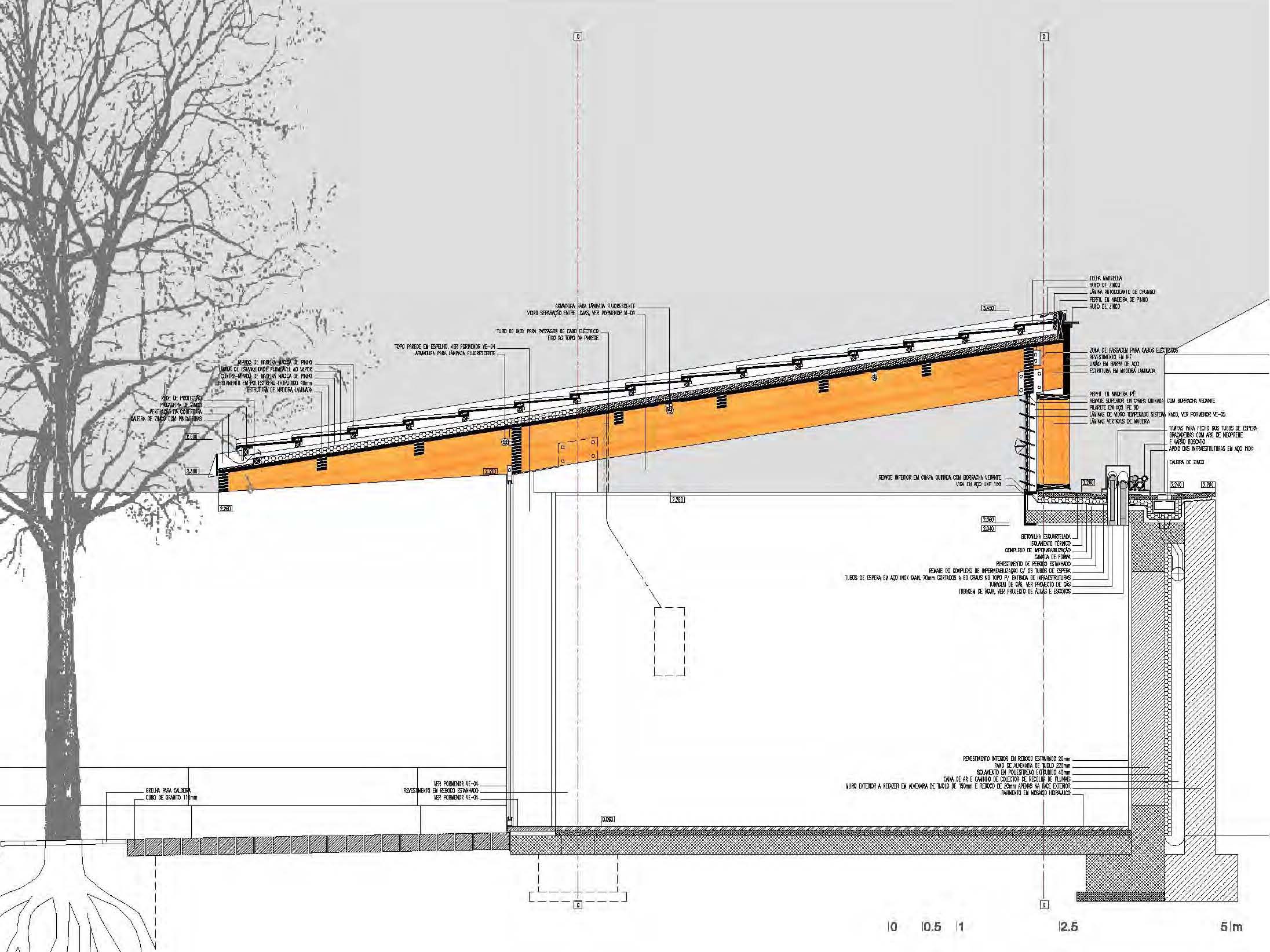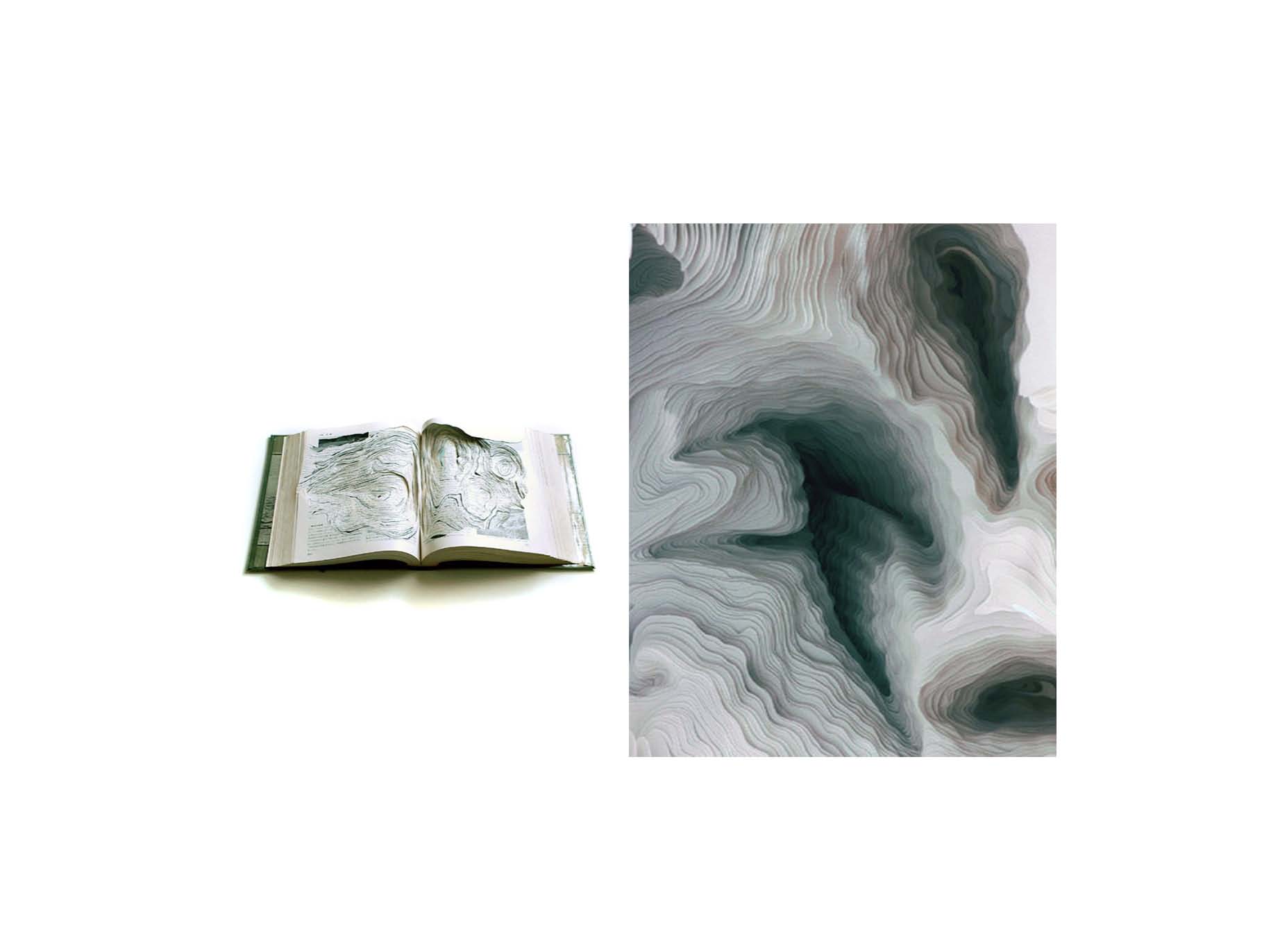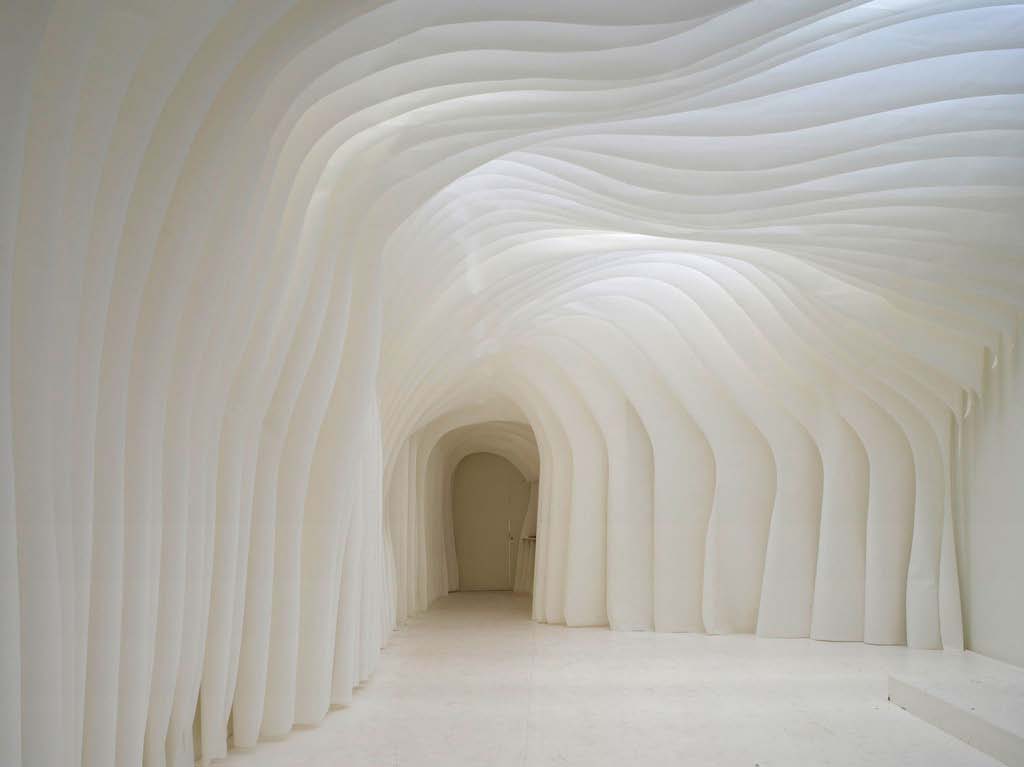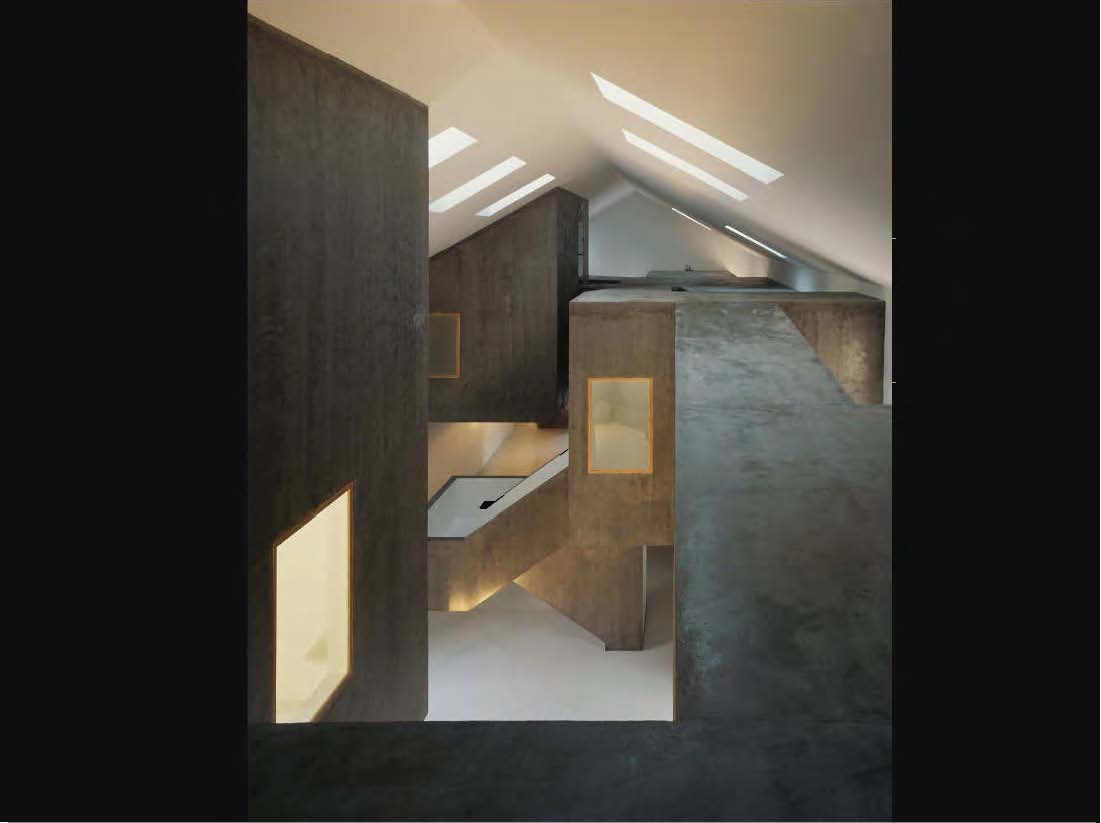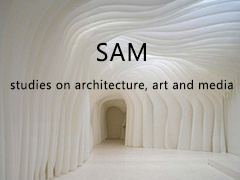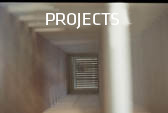01a Conferência.
I N V E S T I G A Ç Ã O & A R Q U I T E C T U R A: Investigar em arquitectura / investigar sobre
arquitectura.
Organização: Departamento de Arquitectura da FAUGA / ULHT e Centro de Investigação TERCUD/LABART -
Laboratório de Arquitectura. Dia 21 de Junho de 2010 das 10.00h às 18.00h Auditório Agostinho da Silva
(Universidade Lusófona de Humanidades e Tecnologias).
António Louro (MOOV);
Kirill Jedenov + Sérgio Antunes (KAPUTT);
Maximina Almeida + Telmo Cruz (MXT studio);
Olga Sanina + Marcelo Menescal Dantas;
Nuno Griff + Albuquerque Goinhas (EMBAIXADA);
Filipe Afonso + Vasco Magalhães (Arquitectos Anónimos®).
02ª Conferência.
I N V E S T I G A Ç Ã O & A R Q U I T E C T U R A: investigar sobre arquitectura.
Organização: Direcção do Departamento de Arquitectura da FAUGA / ULHT e LABART - Laboratório de
Arquitectura. Dia 8 de Novembro de 2010 das 16.00h às 20.30h - Acesso livre. Auditório Agostinho da Silva
(Universidade Lusófona de Humanidades e Tecnologias).
Arq. Maria Inês M. R. Cabral (MIARQ/ULHT) Arquitectura sustentável: a dimensão global do projecto.
Arq. Marieta Dá Mesquita (FA-UTL) ARQUITECTURA(S) DE PAPEL- Percurso por um projecto de
investigação.
Arq. João Menezes de Sequeira Sobre a Investigação em Arquitectura, algumas questões.
Arq. José Duarte Centeno Gorjão Jorge (FA-UTL) O Crepúsculo da Universidade.
Arq. Eliana Sousa Santos (MIARQ/ULHT) Investigação e arquitectura: apologia da inclusão.
Arq. Patrícia Santos Pedrosa (MIARQ/ULHT) Raul Lino e Nuno Portas: casos portugueses de reflexão sobre e
do interior da arquitectura.
Arq. Diogo Seixas Lopes (Institute gta D-ARCH, ETH Zürich) CECI TUERA CELA: Aldo Rossi e os infortúnios
da investigação.
1st Conference on Architecture and Research.
MOOV; Kaputt!; MXT Studio; Olga Sanina e Marcelo Dantas;
Embaixada; Arquitectos Anónimos

2nd and 3rd Conference on Architecture and research.
Objectives
Creating a framework for architectural research.
It is an investigation that begins with a series of conferences where we address specific fields of architectural research.
The development of this project went through the collaboration with the Research Group from the European Association
for ArchitecturalEducation (EAAE) for the criation of the EAAE - CHARTER ON ARCHITECTURAL RESEARCH.
The creation of the Architectural Research European Network Association (ARENA) was the third step in the
development of this research.
Architecture & Research: a possible structure for a architectural research center
As we all know research can be identified by three axis, originality (never been done before, that or in that way), rigor and
clarity (use of methods that can be applied by others) and significance (importance or relevance of the acquired
knowledge in a context).
The 1st Conference on Architectural Research was about research in the professional act of project (design) and the 2nd
Conference on the same theme, was about academic research developed for the obtention of an academic degree
(doctoral). In the first conference we had professional studios and the presentation of the work done trough project. In
the second conference we had a presentation of the research studies done by architects in their doctoral (or
postgraduate) thesis. That s why we call the first Research in Architecture and the second Research about Architecture,
but probably the most correct names should be, Research trough Architecture and Research in Architecture (problems of
translation).
Research trough Architecture, means that, the research is made in the process of architectural conception; based in the
action of the architectural practice.
Research in Architecture refers to all the research that uses methodologies borrow from other disciplines, like, History,
Sociology, etc. but where Architecture is the main object of inquiry.
They have the same research value and are equally necessary for the development of architectural knowledge. This is a
structural situation of the discipline of Architecture, since the first treaty of Architecture by Vitruve.
The analysis of the first conference, led us to a more precise concept, that of "practice based research". The majority of
the practitioners seem to respond the challenge of representing their research in the design of Architecture, putting a
sense in the temporal conceptual work of the project and consequently putting some accent in the contextualization
(interpretation, explanation, justification, etc.). We think that, this is the main frame that can characterize Architectural
practice-based Research. We found the history of this concept in Schon reflective practitioner (1991). We also can define
this line of research as Linda Candy (2006) more recently, puts it, as an "original investigation undertaken in order to gain
new knowledge partly by means of practice and the outcomes of that practice." But, contrary to her opinion we think the
significance and context of the claims must be described in the outcome, even if, for clarity purposes textual material can
be used. The main objective is to say that there is an architectural language, which even transmuted in the verbal
language, it's not a simple translation, because as Benjamin (1916) put's it the language communicates its inner essence
and not the part (of the object) that is communicable.
On the other hand, the analysis of the second and third conference, led us to other conclusions. First of all we agree that
the lectures are not extensive and do not complete all the possibilities of research in Architecture. Second we think that in
that complexity of multidisciplinary space a model for research in architecture may use some general guidelines, like
those proposed by Jeremy Till (2005) . Jeremy as unveil the main issue of the boundaries for epistemological connection
between practical and theoretical knowledge in Architecture. In doing so he proposes guidelines as temporal axis in the
project process, putting building as a central object of research (this doesn't mean that we only can do research about
buildings), but it means that we can establish a time line trough all the project process without losing architecture
practice. So we can be conscious of all the "interactions across traditionally separate intellectual fields" and they can be
divided in three stages: "Architectural processes; Architectural products; and Architectural performance". (Jeremy, 2005)
The first stage, processes, includes research about the design and construction of buildings (including representation,
design theories, construction processes and so on). The second stage or guideline includes all research about "buildings
as projected or completed objects and systems". The third guideline is about the consequences of buildings (completed
and/or constructed) and include social and "environmental performance, cultural assimilation, and so on").
Processes here are not the same thing of Architectural practice-based research, because the first is "concerned with the
nature of practice and leads to new knowledge that has operational significance for that practice." (Candy, 2006). The
concern in architectural processes are the processes of practice and so the study of processes used in practice as an
object of research. We can also call some cases of this kind of research an architectural practice-led research or
architectural design methods, but processes involve much more than this. Architectural practice-based research is not
pure practice because the first is directed towards a common and shared knowledge and not to a particular project.
Architectural practice-based research aims to structure and clarify knowledge so it can be shared with the community,
and so it must clarify it's methods, define questions and objectives, have a context (a state of the art) and so on, like any
other research method.
João Menezes de Sequeira
Cognitive framework for architectural research, as we see it in
LabART
3rd International Conference
ARCHITECTURE & RESEARCH: RESEARCH THROUGH ARCHITECTURE / RESEARCH IN
ARCHITECTURE
Organization: Architectural Lab (LABART/ILIND) and Integrated Master Course in Architecture
(MIARQ/FAUGA/ULHT). 14th of April 2011. Campo Grande, 376 - 1749 - 024 Lisboa - Agostinho da Silva
Auditorium / ULHT.
Speakers:
Caroline Lecourtois (Ecole Nationale Supérieure d Architecture de Paris la Villette - Laboratoire ARIAM-
LAREA) From Architecturology to research in Architecturology;
Johan De Walsche (Department of Design Sciences, Artesis University College Antwerp) Action in the
hypothetical real
Julian Keppl (Vice Dean at the Slovak University of Technology of Bratislava) Research in Architecture
Looking Backward and Forward - a forty-year experience with architectural research at the Faculty of
Architecture of the Slovak University of Technology in Bratislava;
Richard Foqué (was professor and dean emeritus at the Henry van de Velde Higher Institute of Architecture
at the University College Antwerp);
Susanne Komossa (Delft University of Technology, Faculty of Architecture) Researching and designing
GREAT, the extremely condensed hybrid urban block;
Jørgen Hauberg (Prorektor of the The Royal Danish Academy of Fine Arts - School of Architecture)
Research by design - a research strategy;
Daniel Dendra (Faculty of Architecture and Building Engineering in Anhalt University of Applied Sciences -
Dessau Institute of Architecture) OpenSimSim: crowd sourcing and open commons in design and education;
Nuno Mateus (ARX-Portugal) Digital Morphogenesis.

Architectural Research by Design
Scientific coordination:
João Menezes de Sequeira
Partners:
Researchers at the Research Committee of
the EAAE
EAAE - Charter for Architectural Research

FRAMEWORK FOR ARCHITECTURAL RESEARCH - FRAMEWORK

NEXT PAGE >> > >
NEXT PAGE >> > >


L A B O R A T O R I O . D E . A R Q U I T E C T U R A . E . A R T E S - C E N T R O . D E . E S T U D O S - LabART
L A B. . F O R . A R C H I T E C T U R E . A N D . A R T . P R O J E C T S. - R E S E A R C H . C E N T R E
Contacts
Rua das Janelas Verdes nº 32 Porta 19 1200-691 Lisboa (LabART - Artes)
Av. D. Vasco da Gama nº 52, 3Dtº 1400-128 Lisboa (LabART - Arquitectura)
phone: +351 213 901 567 / +351 213 021 312 Mobile: +351 919 321 164
Copyright ©2011 LABART - João Sequeira
updated in 2018






